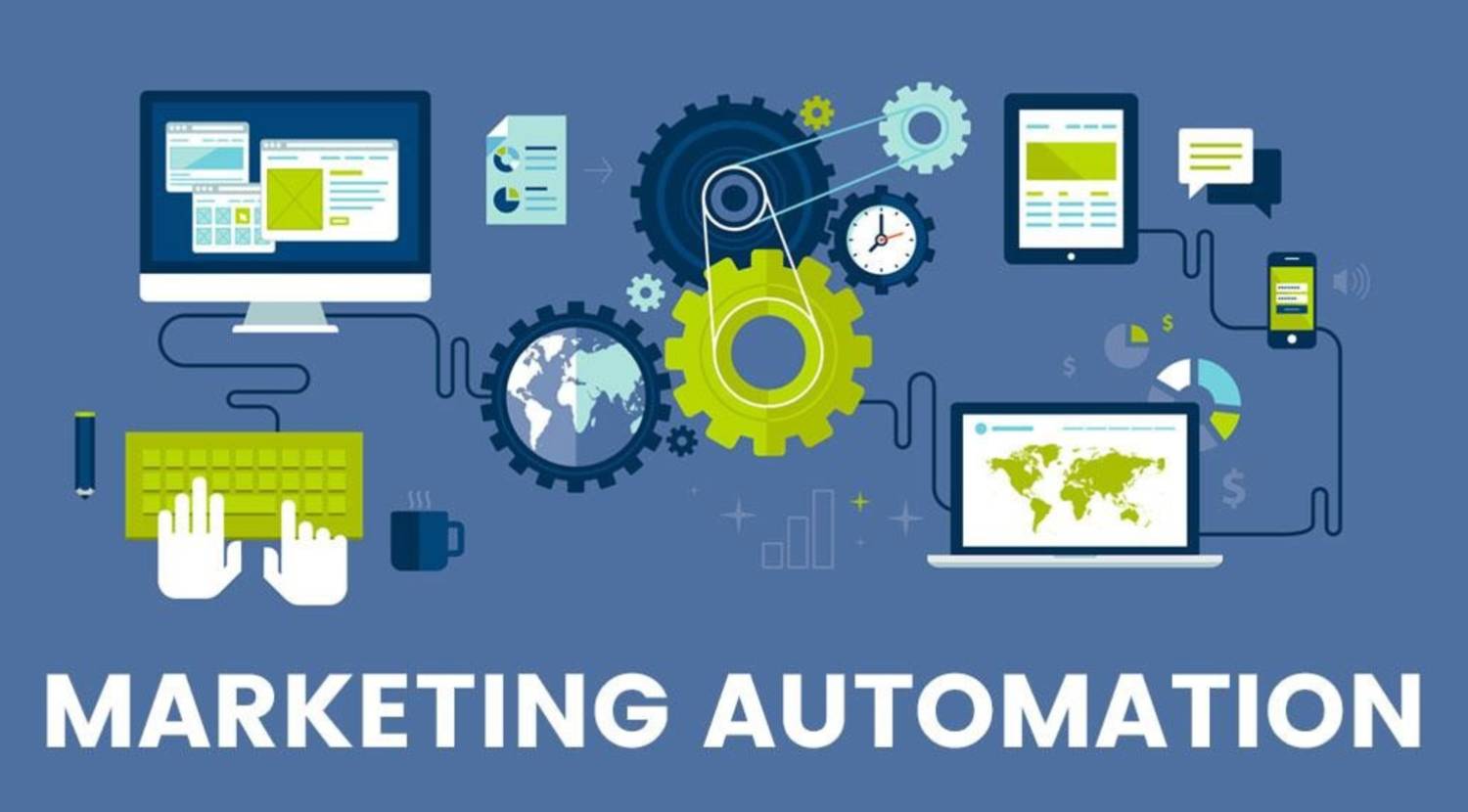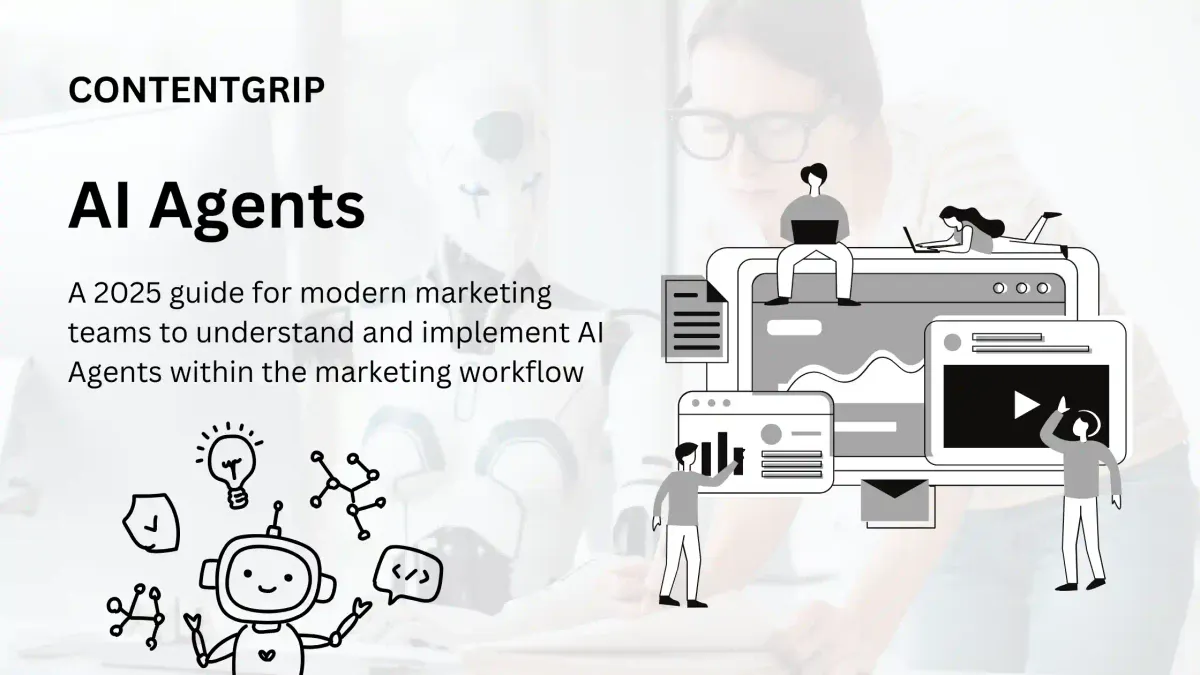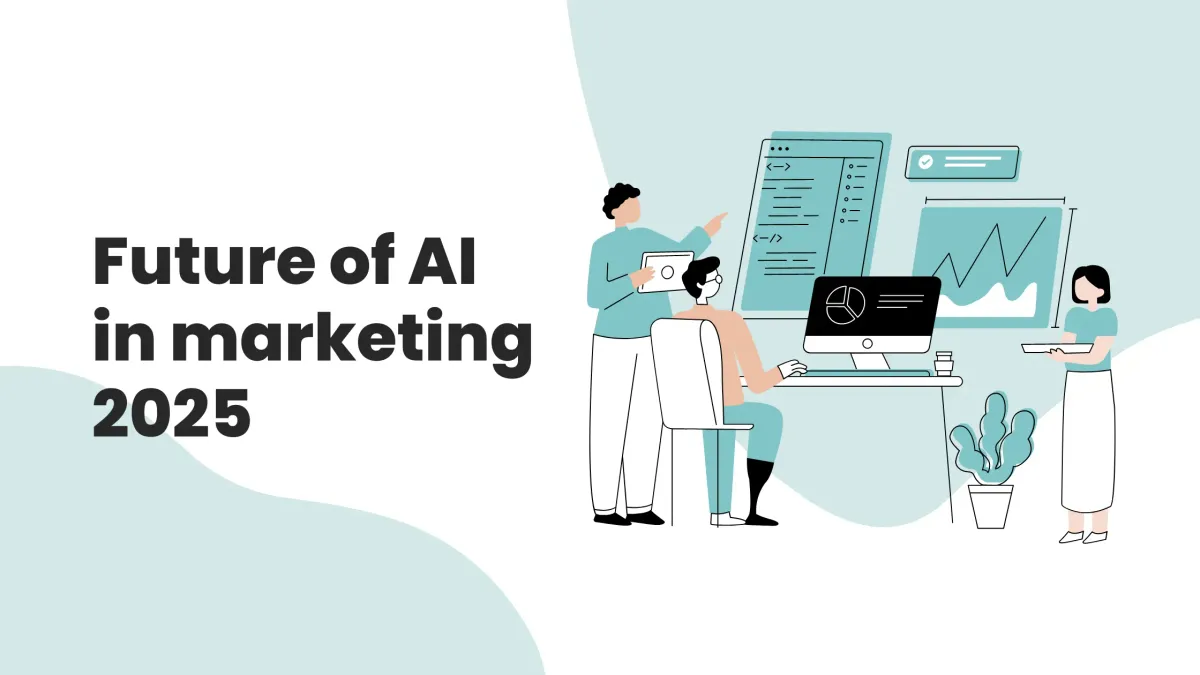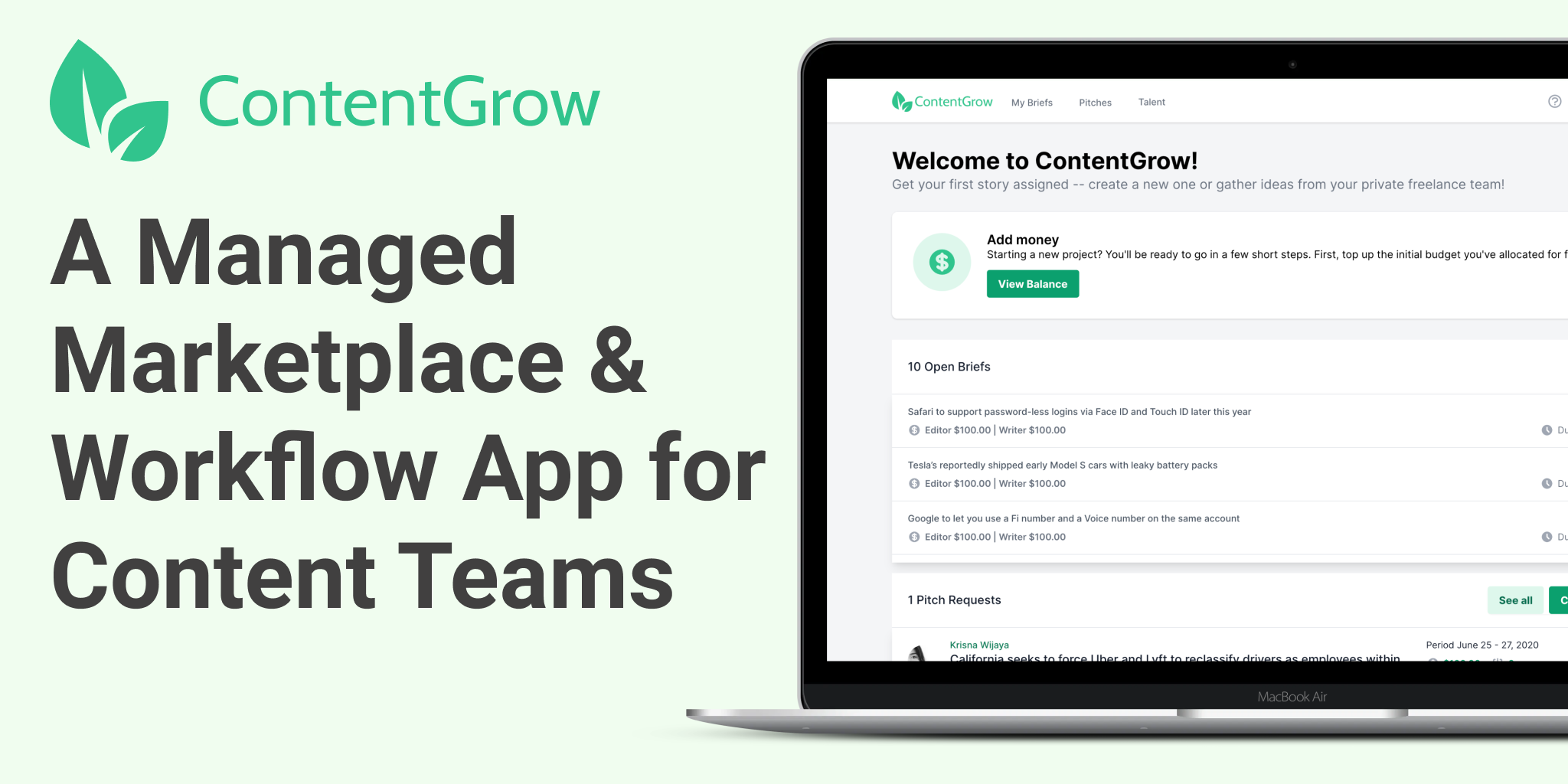MarTech stack: how marketing automation saves your day
See how marketing automation tools help you follow up, score leads, and personalize campaigns — all without manual work.

You know how time-consuming it gets when you’re trying to follow up with every lead, remember who downloaded what, or figure out which contacts are actually interested — all while juggling campaigns? That’s exactly the kind of chaos marketing automation solves.
It’s no longer just something big companies use. Now even small teams can set up automated workflows that handle these repetitive tasks for you — whether it’s sending a welcome email after someone signs up, reminding visitors about abandoned carts, or nudging leads who haven’t responded in a week. Everything runs in the background, so you don’t have to chase people manually.
If you’re wondering how it actually works, what tools fit your team, or how other businesses use it, the rest of this article breaks it down for you.
Here’s what you need to know.
💡 Pressed for time? Here’s what matters:
Marketing automation helps you skip manual follow-ups and repetitive tasks by running pre-set workflows triggered by customer actions.
- It’s not just for big brands — small teams can use it to automatically send emails, score leads, or remind people about abandoned carts.
- Popular tools include HubSpot, ActiveCampaign, Mailchimp, Klaviyo, and Brevo — each with options for different budgets and goals.
- The right automation flow can improve lead nurturing, personalize content, and save hours every week.
- This article covers how it works, which tools fit best, and real examples to help you decide if it’s worth using for your team.
What is marketing automation
According to marketing expert John McTigue, without marketing automation, you are just assuming and blindly expecting prospective consumers to take the bait and be ready to order your products or services.
In simpler terms, marketing automation is software that helps you send the right message to the right person at the right time — without you having to do it manually every time. It connects your marketing channels (like email, SMS, or your website) and responds to customer behavior automatically.
For example, if someone downloads your whitepaper, the system can automatically send a thank-you email, assign the lead to sales, and schedule a follow-up message a few days later.
How marketing automation works
If you’ve ever left items in an online shopping cart and gotten a reminder email, that’s marketing automation at work.
Here’s how a typical process works:
- A customer action triggers the automation (signing up, downloading a file, making a purchase).
- The system decides what happens next — send a welcome email, notify sales, or tag the lead for future campaigns.
- The workflow keeps adjusting based on how the customer responds (if they open the email, they get a product offer; if they ignore it, they get a reminder).
The benefits of marketing automation
Develop and cultivate leads
According to McKinsey and Company, over 30% of sales activities can be automated, including pipeline management, following up, scheduling appointments, and other administrative duties.
Developing leads is crucial to your sales and business development if you are an SME owner – data from McKinsey and Company shows that those who have adopted sales automation always report up to a 10 percent sales uplift prospect.
Automating marketing and sales procedures enables business owners to concentrate more on formulating strategies to build and nurture promising leads.
For small teams, this means you can stay in touch with more leads without spending your whole day sending follow-up emails or updating spreadsheets. The system handles those repetitive tasks while you focus on closing deals or running campaigns.

A personalized customer journey
Among the challenges confronting businesses regularly is how to transform a one-time customer into a loyal customer. One solution is to opt for personalized social media and blog content through automation. Reports from McKinsey show that early adopters of sales automation also see higher customer satisfaction.
The key is delivering content that matches what each customer actually cares about — without overwhelming them with irrelevant offers.
With marketing automation, you can set up flows that send product tips to new customers, discount codes to frequent buyers, and re-engagement emails to those who haven’t visited in a while.
This way, your communication feels more personal, even if everything runs automatically in the background.
Furthermore, video marketing statistics also state that more than 70% of consumers search for exceptional, authentic, targeted content. Marketing automation streamlines the procedure of conveying the appropriate content via email to the right buyers at the right time.
Other advantages of using marketing automation lie in the data collected, effectively qualifying leads from marketing and sharing them with sales. By scoring leads and grading them, marketing automation receives and processes data of unique visitors to allocate qualified leads to the right salesperson, further personalizing their journey and setting your sales team for success.
Popular marketing automation tools and platforms
Choosing the right tool depends on your goals and budget. Here are a few that businesses (big and small) rely on:
| Tool | Best for | Free plan |
|---|---|---|
| HubSpot | All-in-one CRM and automation for scaling businesses | ✅ |
| Mailchimp | Email campaigns and simple automation for small teams | ✅ |
| ActiveCampaign | Advanced email workflows and lead scoring | ❌ |
| Klaviyo | E-commerce automation (great for Shopify) | ✅ (limited) |
| Brevo (formerly Sendinblue) | Affordable email & SMS automation | ✅ |
If you want a side-by-side comparison of these tools, check out this guide.

Real-life use cases
Here’s how different industries use marketing automation to make life easier:
- E-commerce: Reminders for abandoned carts, personalized product recommendations, and post-purchase review requests.
- B2B SaaS: Lead nurturing sequences after a whitepaper download, scoring leads based on webinar attendance, and handing warm leads to sales.
- Service businesses: Automated appointment reminders, follow-ups after consultations, and seasonal promotional campaigns.
Marketing automation vs CRM — what’s the difference?
This question comes up a lot, so here’s the short version:
- CRM (Customer Relationship Management) — stores contact details, tracks interactions, and helps sales manage deals.
- Marketing automation — handles campaigns, triggers workflows, scores leads, and helps marketing teams stay connected with prospects.
Some platforms (like HubSpot) offer both, but others specialize in just one.
FAQs
What is marketing automation software?
Software that automates marketing tasks, like sending emails, scoring leads, and managing follow-ups.
How does email marketing automation work?
It sends pre-set emails based on customer actions, like signing up or abandoning a cart.
Is marketing automation only for email?
No — it can automate SMS, social media messages, and even ad targeting.
What’s the difference between marketing automation and automated marketing?
They mean the same thing — marketing automation is the more common term.
This is the fourth in a series of MarTech Stack articles, and we hope that this has provided insight into the MarTech landscape.




